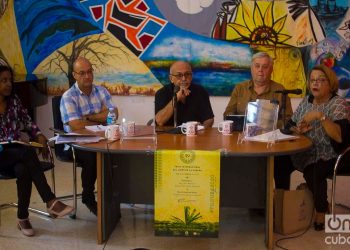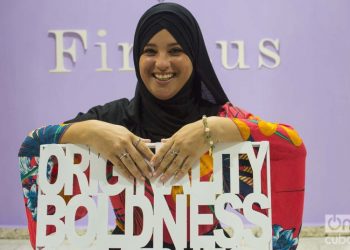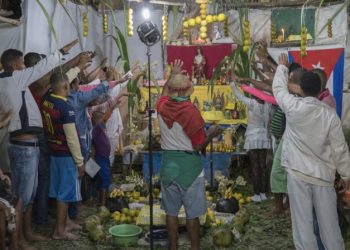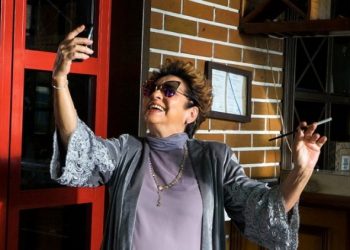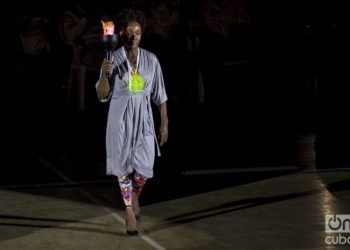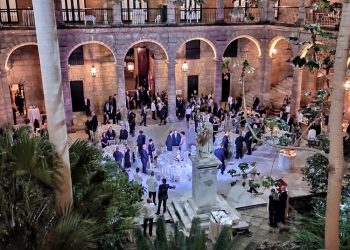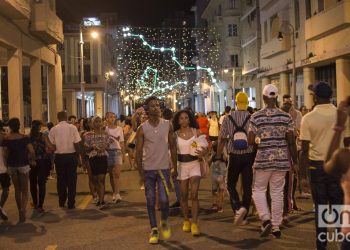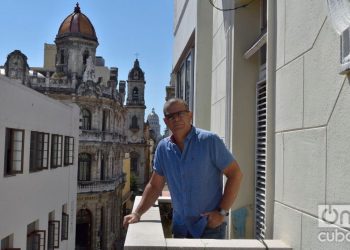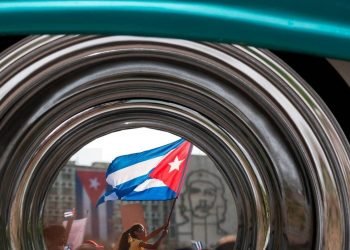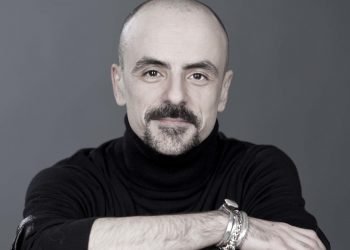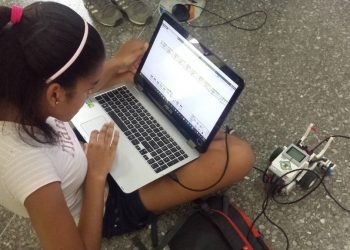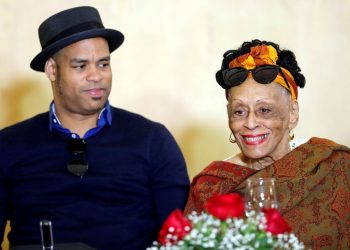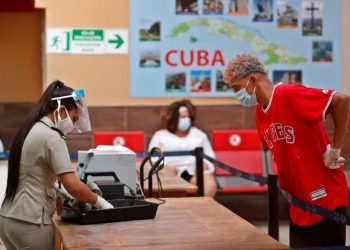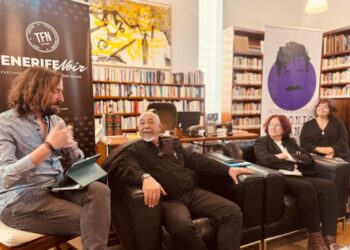Cuba-U.S.: “We have to cultivate that thought of normalization”
A brief review of the conflict between Cuba and the United States in the last decade was the main theme of the panel Nuevas miradas a la historia del conflicto entre Cuba y Estados Unidos: ¿geopolítico, económico, ideológico, nacional o las cuatro cosas a la vez? (New outlook on the history of the conflict between Cuba and the United States: geopolitical, economic, ideological, national or all four things at once?), held at the Casa del Alba as part of the program of activities of the 29th Havana International Book Fair. Specialists on the subject, such as Carlos Alzugaray Treto, Milagros Martínez, together with historian Ernesto Limia and political scientist and essayist Rafael Hernández, moderator of the colloquium, discussed the most important moments regarding the change relations underwent as of the presidential term of Barack Obama (2008-2016), a stage in which there was a substantial unprecedented turn in Cuba-U.S. diplomatic relations. Martínez, a Master in Caribbean Studies and a specialist in Cuban studies in the United States, takes as a starting point for these changes the U.S. policy’s failure throughout more than 50 years, and noted the change in Washington's foreign policy towards Latin America in general. Another point would be...


